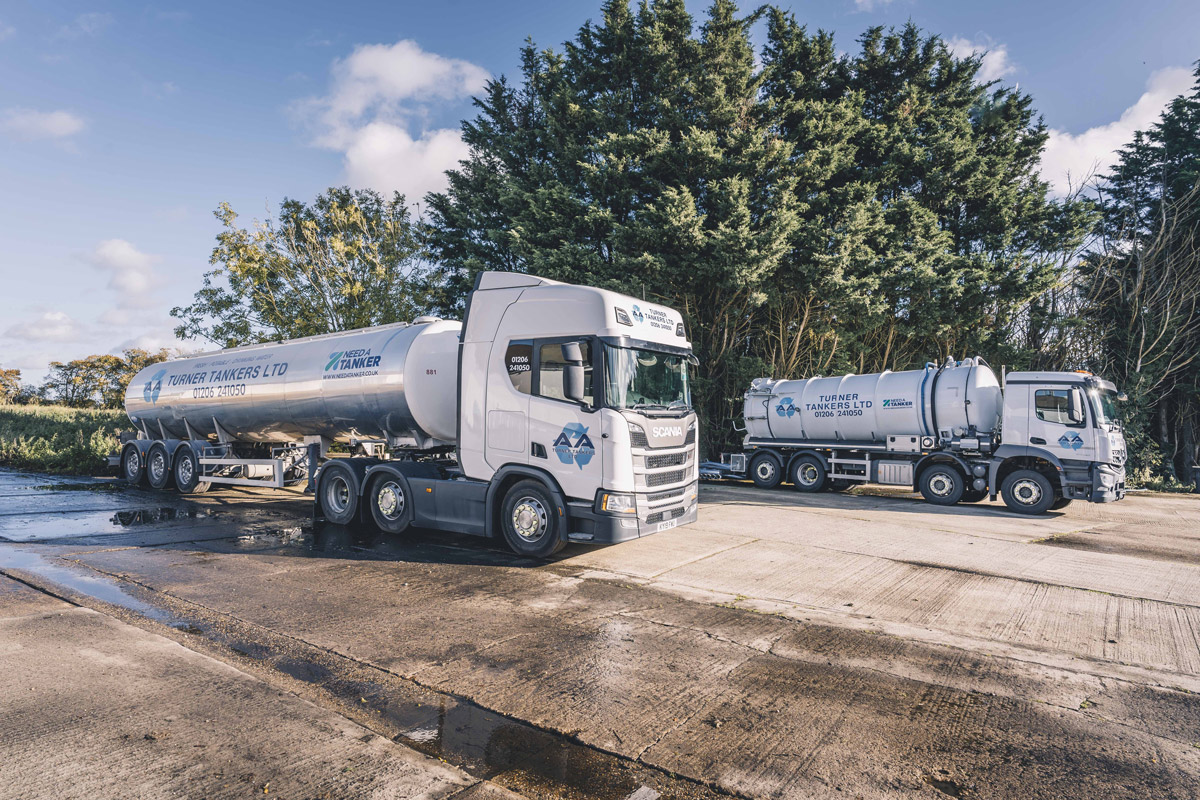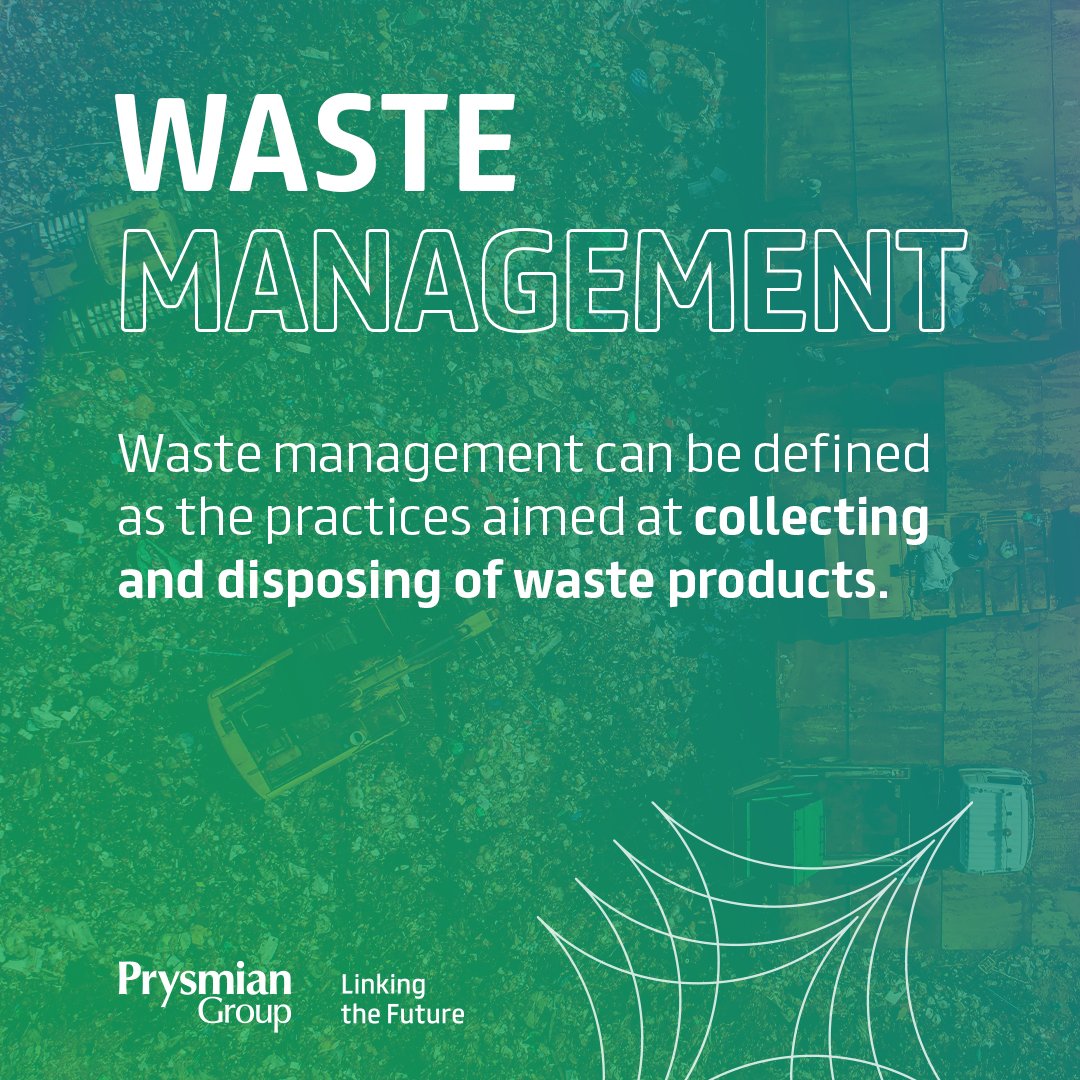Indicators on Reclaim Waste You Should Know
Indicators on Reclaim Waste You Should Know
Blog Article
Reclaim Waste Fundamentals Explained
Table of ContentsThe Single Strategy To Use For Reclaim WasteReclaim Waste Things To Know Before You Buy8 Simple Techniques For Reclaim WasteIndicators on Reclaim Waste You Need To KnowThe Single Strategy To Use For Reclaim WasteThe Only Guide to Reclaim Waste

Never place unsafe compounds down sinks, bathrooms or stormwater drains Compounds consisting of petrol, oil, oil, chemicals and herbicides, and solvents such as paint strippers should not be put down sinks, commodes or stormwater drains pipes. These compounds are challenging to get rid of in the sewage treatment procedure and trigger contamination issues in our regional rivers.

Liquid waste is a term that covers a wide range of materials, there's a good reason why leaving its disposal to the experts is advised. Fluid waste is non-solid product that has no more use and needs to be treated and dealt with according to local, state and federal policies.
Get This Report on Reclaim Waste
Instances of fluid waste can include wastewater, fats, oils or oil, utilized oil, liquids, solids, gases or sludges and harmful home liquids, there are some that are taken into consideration to be a lot more unsafe than others when it comes to the atmosphere and the health of pets and humans alike. It's because of this that each state and region have stringent laws linked to liquid waste management.
Fluid waste can be saved in holding tanks or packaged in drums, intermediate mass containers or authorized little containers before either being treated or gotten rid of through outsourced vacuum cleaner vehicles. Offered the nature of the products, liquid waste can not enter the basic waste stream and there are strict policies on exactly how to take care of it correctly.
(https://pubhtml5.com/homepage/kwjac/)Relying on a resolution of the level of threat, it may be required to remediate those websites. Additionally, dangerous fluid chemical wastes are controlled waste and must be tracked according to the state waste regulation. Under the chain of protection and obligations, owners are liable and responsible for waste created by a service.
One of the core applications for superabsorbent polymers (SAPs) is liquid waste solidification. liquid waste removal. SAPs are used by waste monitoring experts to stop potentially hazardous fluids from going into waterways, groundwater aquifers, and other sensitive atmospheres. Since fluids can swiftly move impurities into environmental receptors and potentially contribute to geotechnical failures, liquid wastes are usually forbidden from disposal in land fills
See This Report on Reclaim Waste
Essentially, totally free fluids are liquids that separate from the solid section of waste material. Liquid waste can consist of the following: HDD mud and cuttings Landfill leachate Wastewater therapy sludge & biosolids Dredged sediments Oil and gas drill cuttings Clearing up pond muck Hydro Excavation slurry Coal burning residuals/ash Container base sludge Concrete grinding/polishing slurry Associated Write-up: For a functional example of totally free fluids dividing from waste product, consider the following circumstance: A waste monitoring contractor lots a dump associate sludge from a wastewater treatment plant's oygenation basin, throughout a routine upkeep event.
When the driver gets here at the landfill, he notices water leaching from the sludge and pouring from the dump vehicle. The lots was turned down by the garbage dump and the driver was required to dispose of the waste as a fluid waste at an unique facility, which raised the disposal fees significantly.
We also need to be accountable for the correct disposal of our waste products. It is not enough that we pay waste disposal business to take care of our rubbish.
All about Reclaim Waste

Segregating your waste can begin inside the home. Set apart dry and fluid waste as well as edible waste, naturally degradable and non-biodegradable products.
Layer the base with soil to soak up the wet waste. Layer the compost with damp and dry waste as well as soil to maintain a balance between the wet and the dry.
See This Report about Reclaim Waste
Cover the garden compost container. When a week, add soil on top of the garden compost. To promote faster decay, you can also add semi composted soil to the compost. Keep the compost. If you notice the scent is coming to be too strong, add added papers and paper waste or include more holes to the garden compost container to maintain the balance of the waste products.
We likewise need to be accountable for the correct disposal of our waste products. It is not enough that we pay waste disposal companies to take treatment of our rubbish.
Our waste, our obligation. Have you ever before questioned what occurs to your liquid waste after it's collected? Did you recognize that fluid waste can be reused? As responsible citizens, you must recognize what happens to your rubbish and where it pursues it is removed from you. Understanding the fluid waste removal process is necessary in aiding you to segregate your waste.
Things about Reclaim Waste
The dreamland is a great outside room with plenty of sunshine and air. Segregate your waste. Segregating your waste can begin inside the home. Segregate dry and fluid waste in addition to edible waste, naturally degradable and non-biodegradable products. Always keep the lid on your bins to avoid pests, worms, flies, and undesirable odours.
You can make use of old trash can, container, yard pot or old plastic drums. Pierce four to five openings in the container so the air can flow. web link Layer all-time low with soil to soak up the damp waste. Beginning the composting process. Layer the compost with wet and dry waste in addition to soil to preserve a balance in between the damp and the dry.
Cover the garden compost container. As soon as a week, add soil on top of the compost. To promote faster decay, you can likewise add semi composted soil to the compost. Preserve the garden compost. If you see the odor is ending up being too solid, add added papers and paper waste or add even more holes to the compost bin to maintain the balance of the waste materials.
Report this page